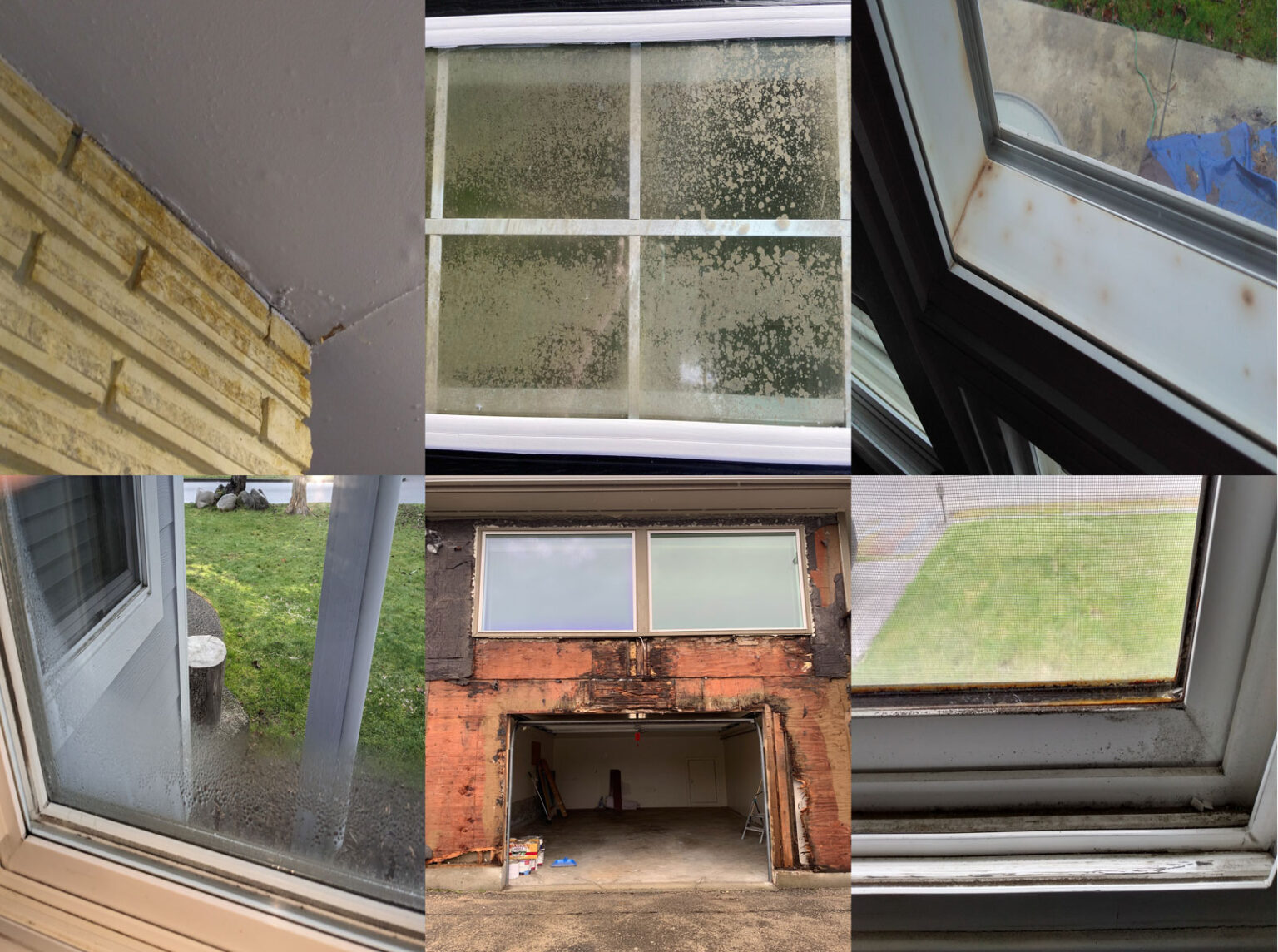-
Top Story
Port Package Site Visit Follow-Up
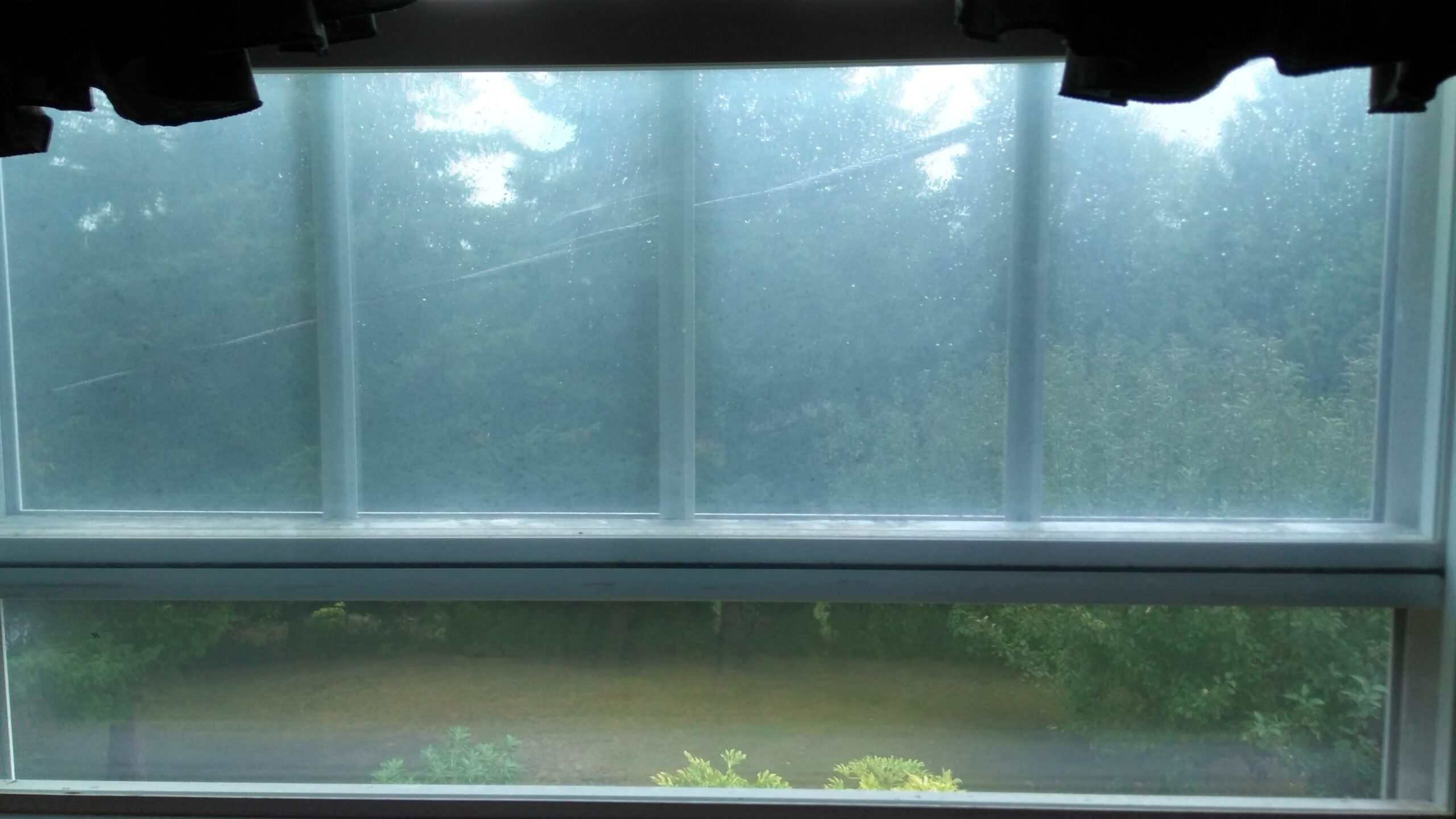
What to do next?
 Thank you for allowing us to inspect your Port Package! You are now part of over 300 homeowners that helped create the Port of Seattle's upcoming sound insulation update program. If you would like more background information on how we got here, please read The Port Package Explainer. But for now, you probably just want to know, "Now, what?" And you might be tempted to just skim through this. Do not do that! A Port Package costs over $100,000, and more importantly, over time, your sound insulation system is having a big impact on you and your family's long term health. Read carefully!
Thank you for allowing us to inspect your Port Package! You are now part of over 300 homeowners that helped create the Port of Seattle's upcoming sound insulation update program. If you would like more background information on how we got here, please read The Port Package Explainer. But for now, you probably just want to know, "Now, what?" And you might be tempted to just skim through this. Do not do that! A Port Package costs over $100,000, and more importantly, over time, your sound insulation system is having a big impact on you and your family's long term health. Read carefully!Get ready. An assessment is coming
According to the Port of Seattle Commission Order 24-04, you (and 9,400 other homeowners!) will be contacted by a representative of the Port of Seattle by December 31, 2024.
The Port Commission hereby orders an assessment regarding the effectiveness of previously installed Port of Seattle funded noise insulation packages be conducted and concluded by the end of the year 2024. The assessment will involve extensive outreach, collection of information from property owners and analysis of that information. Results of that assessment shall be delivered to the Commission by January, 2025...
In other words, they will attempt to evaluate everyone's Port Package and then use that information to decide on a prioritized system for fixing homes with the monies they have available. As of [jch_getdate format='F d, Y'] there are no specifics as to what that evaluation will look like.
So while you are waiting, we suggest that you prepare by dolng the following:
Step #1 Find your paperwork!
If you don't have it, there are three pieces of paperwork that you should find, if you can:
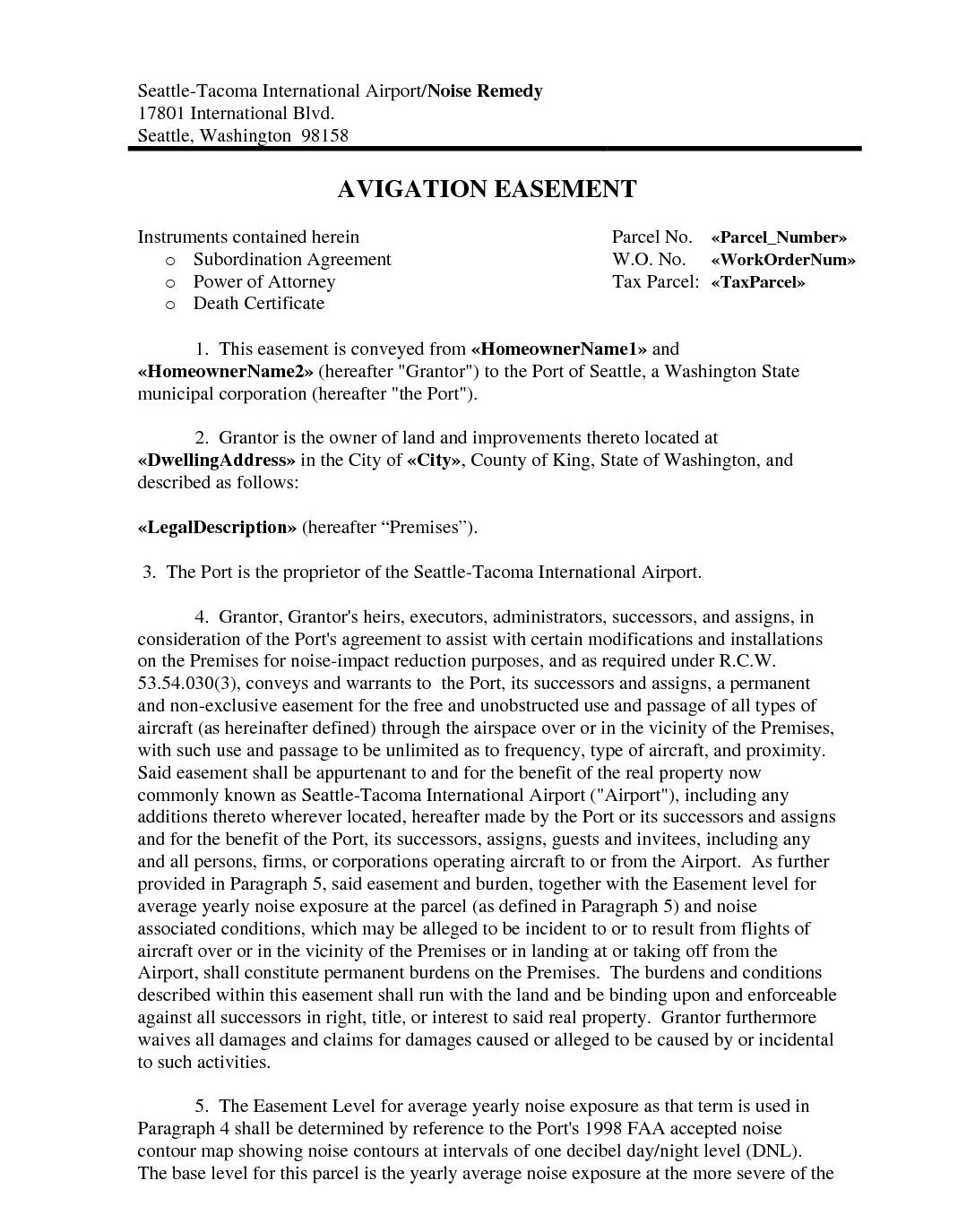 Your Avigation Easement, which is the legal agreement the original homeowner made with the Port of Seattle in exchange for obtaining a sound insulation system.
Your Avigation Easement, which is the legal agreement the original homeowner made with the Port of Seattle in exchange for obtaining a sound insulation system.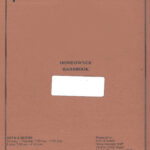 Your Port Package Homeowner Handbook, a document describing the process the original property owner went through to qualify for the program and select a contractor.
Your Port Package Homeowner Handbook, a document describing the process the original property owner went through to qualify for the program and select a contractor.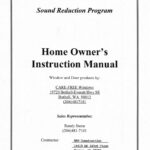 Your contractor's paperwork, including invoices, a drawing showing the work that was to be done, and a Homeowner's Instruction Manual telling you how to take care of your equipment (doors and windows) and home ventilation.
Your contractor's paperwork, including invoices, a drawing showing the work that was to be done, and a Homeowner's Instruction Manual telling you how to take care of your equipment (doors and windows) and home ventilation.
They all should be kept with your home's closing documents because they go with the property.
#2 Take an inventory!
When the Port of Seattle conducts an assessment of all homes with existing Port Packages, they will evaluate your system. As of [jch_getdate format='F d, Y'] we do not know what that scoring system will be, but we can tell you this: they cannot be held responsible for problems you do not report! So we strongly recommend the following.
- Create a Port Package Inventory Document. If you have that drawing from your original homeowner's handbook that can be a good starting point.
- Walk through every inch of your home, and note all your equipment and any issues you see, with the doors, windows, ceilings, house fan, vents, etc. Go inside and outside and examine the condition of window frames, air vents, door frames, everything. Essentially, you're doing everything we did on our site visit, but in even greater detail.
- Every few months, review this inventory document and update it as conditions change.
Stay In touch!
And while you are at it, please update us if your situation changes. We send out newsletters several times a year and we will let you know as soon as the evaluation protocols are available. We want you (and your neighbors!) to know what to expect before you hear from the Port. So if you haven't heard from us in a while? Contact us!
Proper Care and Feeding of your Port Package
A sound insulation system really is a system, not just some 'windows'. To provide effective sound insulation and healthy indoor air, it needs to be designed and installed properly and also maintained by the homeowner--something you may not understand, especially if you do not have the original paperwork.
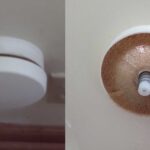 The first thing to understand is that every home system is different. Each home was supposed to be custom-designed to achieve the proper sound reduction and ventilation. (How seriously each contractor took that design twenty years ago is an open question, but regardless, that is how it was supposed to work.
The first thing to understand is that every home system is different. Each home was supposed to be custom-designed to achieve the proper sound reduction and ventilation. (How seriously each contractor took that design twenty years ago is an open question, but regardless, that is how it was supposed to work.So every home has different features. Some have blown-in insulation. Some have heavy padded attic insulation. Some have house fans. Some have acoustic dampening sheets in the walls and ceiling. Many have little circular vents like the picture at left. That is why having an inventory (and that design drawing) is so important!
That is also why each homeowner's manual came with instructions telling you how any ventilation system (house fan or vents) needed to be operated in order to prevent mold and condensation and other air quality problems.
Windows and doors
What you cannot see...
One of the most important parts of sound-reducing windows is something you can't see or touch; a special (and expensive) inert gas (usually argon) which is sealed between the panes of glass when the window is installed.
When your windows fog or develop condensation it means that that this special gas has escaped--leaving air and water vapor to enter. And that means that a lot of the sound reduction has also escaped.
Also, what is behind the windows matters! These doors and windows are extremely heavy and they are meant to fit snugly into very precise openings in each exterior wall. A poor install can result in water getting behind the window and into the framing. Over time, this can lead to wood rot and other serious problems you cannot see. If you find one problem window frame, you should assume that there are other problems that are not visible to the naked eye.
What you can see...
Mold and corrosion are not only due to a malfunction of the windows or their installation. They are also due to a lack of proper ventilation. Think about your bathroom. Without a proper fan, mold develops there very quickly. Same thing. Again, that is why you should locate your homeowner's manual if you can.
Back to the exterior. If you find gaps between the windows and framing, simply applying more caulk is not the solution! These issues must be reported to the Port of Seattle during your evaluation. Again, if you find one problem window frame, you should assume that there are other problems that are not visible to the naked eye.
Same goes for ceilings. If you had work done in your attic, including acoustic ceiling board, and see evidence of water in your ceiling, that could also be from your Port Package install.
Air Quality Matters!
Ventilation matters for another reason. An essential part of a sound insulation system is (literally) making your home air tight. If you're seeing mold or corrosion or other evidence of moisture on your windows, you should also be thinking about the air quality you're breathing.
(We want to stop for a second and tell you that the molds you are seeing on your windows are usually not the same varieties people get concerned about for asthma. It requires a professional mold test to determine if your air quality is being impacted by airborne mold.)
Regardless, if you are hearing enough noise from aircraft to have a Port Package, you should also be concerned about aviation emissions, which are invisible to the naked eye.
We strongly recommend using AHAM-rated air purifiers sufficient to cover your entire living space--especially for children, seniors and the immune compromised. You can learn more here.
Back to those circular vents

They're just bug filters; nothing more. But if you have them, they were put there to provide necessary ventilation. We recommend you pull off (not twist) the cover every season and clean them. If the filter material is damaged, you can replace it with any suitable, non-toxic bug screen.
When you are contacted by the Port of Seattle
- Please let us know.
- Use your Inventory (Step #2) and make sure that they listen to each of your concerns.
The long game
If you can, be patient
For various reasons, many 2homeowners have already repaired or replaced their Port Package equipment. Some did not know they had a Port Package. Others did so because they had issues that simply could not wait. Still others have responded to offers from companies to rebuild your existing windows.
- Rebuilding is not as good as a Port update program because the equipment today is so much better than it was 25 years ago.
- Also, the law is still unclear, but if you replace your equipment, you may be permanently removing yourself from eligibility for any Port of Seattle update program.
So for both those reasons, we ask people to be patient--at least until the policy is clear at the State and Federal levels.
Tell your neighbors about Sea-Tac Noise.Info!
It's not a competition. It is in everyone's best interest to get educated on this topic. If you are having a problem, it's likely that your neighbors are as well. And the more homeowners do as we recommend (schedule a site visit with us, find their paperwork, take an inventory) the more awareness we can keep focused on this issue. The more public awareness, the more money legislators will allocate. Remember: you may only get an update when the program obtains more funding and telling everyone is the way to get there. It really is as simple as that.
Pay it forward...
If you sell your home, please pass on your documentation and our business card to that next owner. If you no longer have documentation, please let the homeowner know that they have a Port Package, or give them our business card and we'll educate them. Remember: your sound insulation system was provided as part of a perpetual Avigation Easement. The Port Package you have now was meant to help every homeowner who will occupy the home, not just the family that originally got it!
1Still others, like apartment buildings and condominiums, went ahead and replaced their windows on their own because the Port prioritized single family homes and avoided doing multi-family housing until the 2020 Accelerated Sound Insulation Program.
From The Web
46 arrested after pro-Palestinian protest shut down SEA Airport road for hours
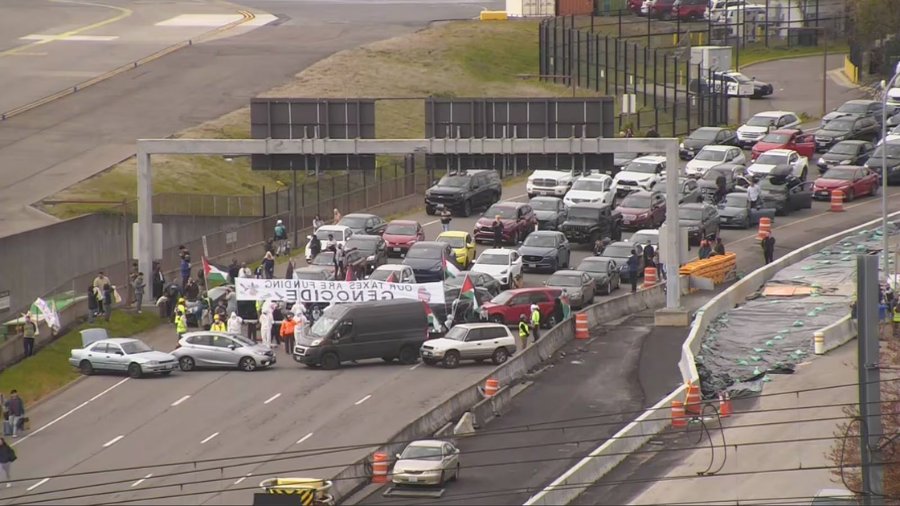
The expressway leading to Seattle-Tacoma International Airport was blocked by pro-Palestinian protesters on Monday, April 15, 2024. (Image courtesy of KIRO 7) BY JULIA DALLAS MyNorthwest [...]
FAQs
Get InformedStay Informedx
I understand that you will never share my information with anyone, you will only use it to keep me updated on relevant events and that I may unsubscribe at any time.
Sea-Tac Airport Noise And Pollution
- The information you need to fight and win.
- Everything you think you know about the airport is wrong.
Since 2016, we've worked to obtain justice for residents living under the flight path. Noise. Pollution. Health. Compensation. We're here to fulfill a promise made to the Sea-Tac Communities fifty years ago.

Port Package Update legislation has passed!Thanks to everyone who helped pass [SB5955]
Our documentary on Sea-Tac Airport is on track for release in Summer 2024.
For Researchers: We maintain the largest body of knowledge on Sea-Tac Airport and the surrounding communities (currently 383,211 pages.)
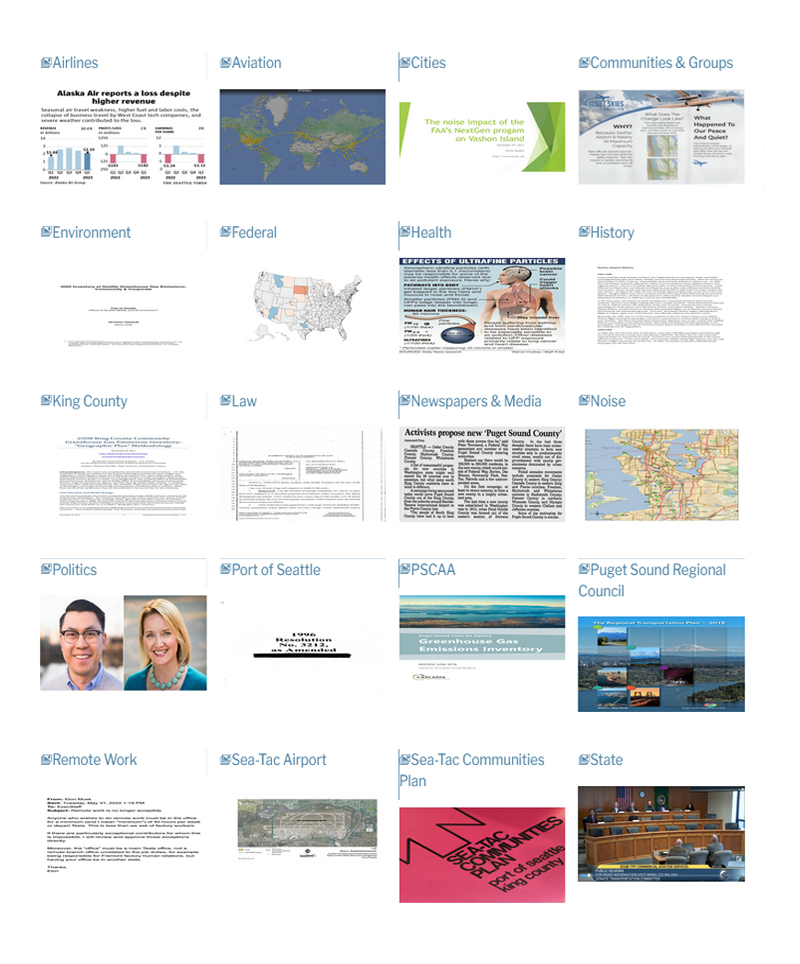
We provide links to relevant news, external articles, groups and web sites of concern to people living near Sea-Tac Airport (currently 42,742 pages.)

